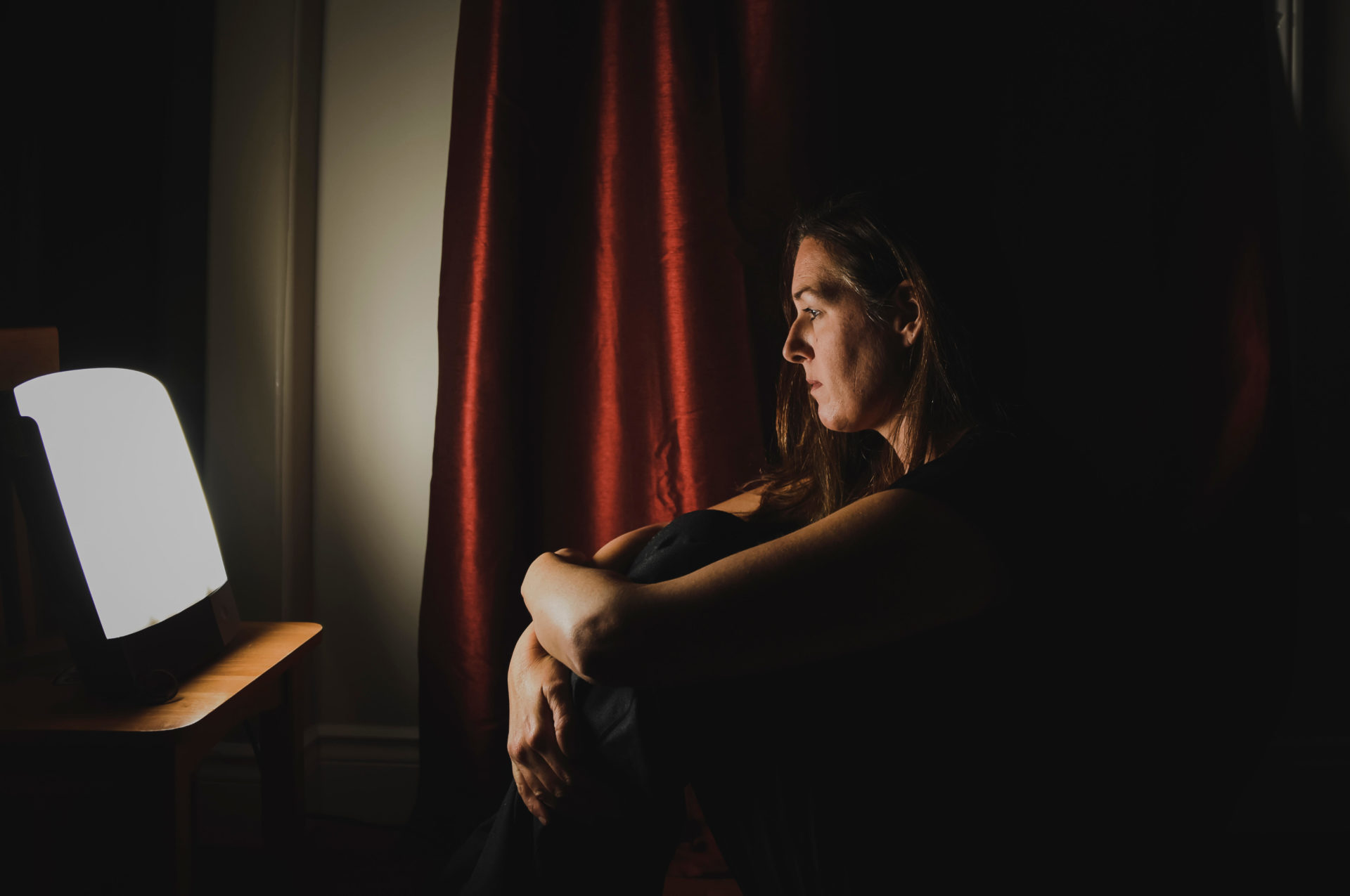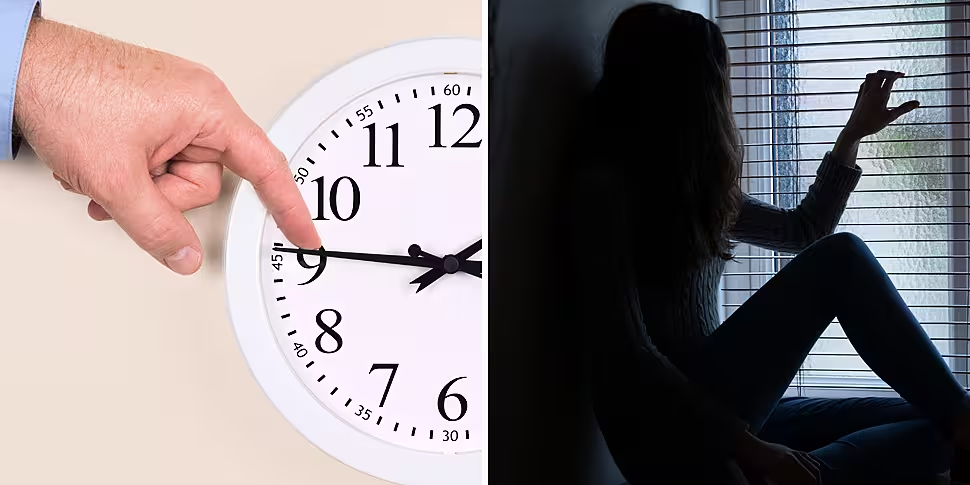While you might get an extra hour’s sleep, one health expert has warned you also have an increased risk of mood disorders when the clocks go back.
The clocks went back one hour on Sunday night, as they do every year, resulting in one less hour of daylight until the clocks go forward again on March 31st, 2024.
Turning the clocks back give people one extra hour of sunlight in the winter mornings, although not every country follows daylight savings time.
According to sleep expert Tom Coleman, those countries that don’t change the clocks might have the right idea.
“We gained an hour in bed, but what we've lost here is an hour of daylight every day for months,” he told Late Breakfast with Clare McKenna.
“That can have a profound impact on our mental health.”
Mood disorders
Moving the clocks forward in spring has shown to result in increased car crashes and heart attacks on the night they’re moved forward, while pushing the clocks back has mental consequences.
“In terms of what we’re going through now, losing an hour, how does affect our mental health?” Mr Coleman said.
“We need a full spectrum of daylight throughout our days; it has a profound impact on our serotonin levels, which impacts our mood profoundly – it is a mood enhancer.
“We know from research that things like seasonal affective disorder, which is a mood disorder are a lot more prevalent and they arise after the clocks go back.”
Remedies
Without frequent sunlight, mood disorders become more common, although Mr Coleman noted there are some remedies to the dark days.
“One of the things they can do is get something called a SAD lamp,” he said.
“It's effectively a very bright plug-in of full spectrum light, it's kind of in the shape of an iPad.
“We just we plug it in, turn it on and it emits very powerful full spectrum light and those have been shown to help with mood.”
Sitting near the lamp for 10 minutes a day activates receptors at the back of your retina, helping your brain know when to produce melatonin, the sleep hormone.
 Profile looking at light therapy SAD lamp in a dark room. Image: Cavan Images / Alamy Stock Photo
Profile looking at light therapy SAD lamp in a dark room. Image: Cavan Images / Alamy Stock PhotoGetting outside in the evening for the little sunlight we have is also essential, according to Mr Coleman.
“Even if it's low light getting out around lunchtime for 15 or 20 minutes, just as much as you can really put in a quick walk, will be very beneficial in aligning the body and the brain,” he said.
“It's not just our sleep that we get into the circadian rhythm - it's our digestive system, it's our circulatory system, it's all of the systems in the body.
“You really have to invest in yourself and try and realign yourself and get back into your normal kind of rhythm.”









